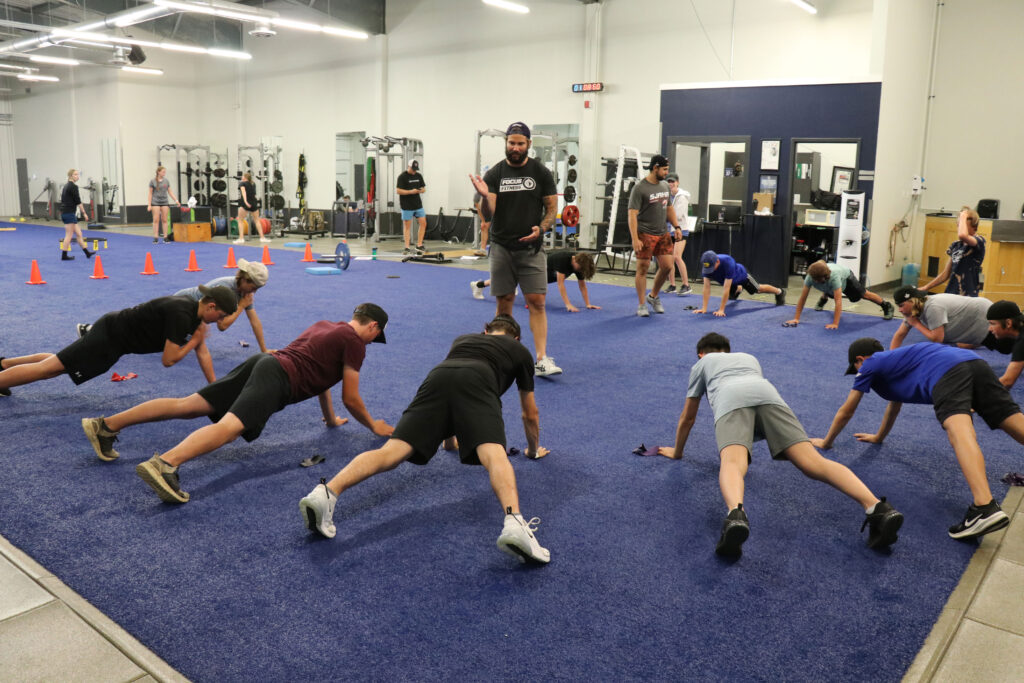 In the past issue, we discussed bilateral maximal strength and some foundational exercises and protocols to train it. An equally important part of an athlete’s strength base is their relative strength. Relative strength is defined as the amount of force an athlete can produce in relation to their body weight. In an athletic sense, I like to expand that definition a little further to also include how well an athlete can move or propel their own body. The number one tool an athlete has available to them in any sport is their body. If they can move their body more efficiently and effectively than someone they are competing against, they have a higher probability of being successful.
In the past issue, we discussed bilateral maximal strength and some foundational exercises and protocols to train it. An equally important part of an athlete’s strength base is their relative strength. Relative strength is defined as the amount of force an athlete can produce in relation to their body weight. In an athletic sense, I like to expand that definition a little further to also include how well an athlete can move or propel their own body. The number one tool an athlete has available to them in any sport is their body. If they can move their body more efficiently and effectively than someone they are competing against, they have a higher probability of being successful.
For athletes to develop and maintain relative strength, they should always incorporate an element of body weight training in their programs. Body weight training is simply doing exercises performed with your own body weight. It is an integral part of an athlete’s training foundation, as it is usually the first thing that an athlete is exposed to when they initially start training. Effective body weight training helps set the foundation for exercise technique by promoting alignment and stability under safe loading parameters – the athlete’s own body weight.
These exercises are often seen as novice or beginner exercises that people progress away from as they become more experienced in the gym, but they should always remain a staple no matter how advanced an athlete is. There are many ways to progress the body weight exercise with the development of the athlete. Variables such as sets, reps, tempos, exercise variations, exercise pairings, and exercise sequencing can provide a limitless amount of potential in body weight training. The experience of the athlete and where an athlete is in their training cycle will help determine how to adjust the variables to keep the body weight training challenging and relative to the goal of the program.
Some great examples of body weight exercises that regularly show up in our athlete’s programs in some way or another are push-ups, pull-ups, supine rows, planks, squats, lunges, hops, plyometrics, and sprints.
Remember: being strong is great, but for athletes, that is not enough. Athletes need to be strong and must be able to move as well. The best way to become better at moving your body is to practice moving your body. A component of this is our relative strength, which can be developed through lifting weights and effective body weight training.
Until next time,
Strength, Courage, Hustle, Commitment
AJ Zeglen
This article was first published in Game On – Manitoba’s hockey community magazine.






